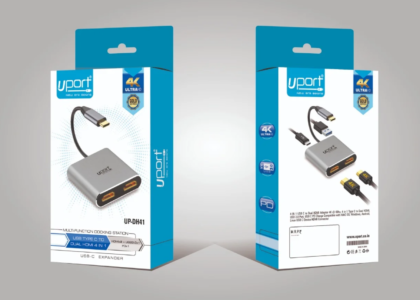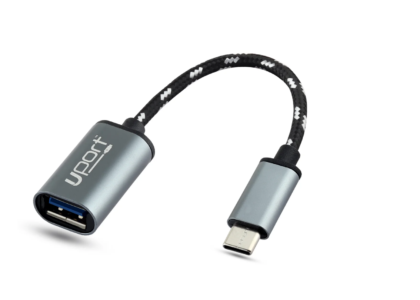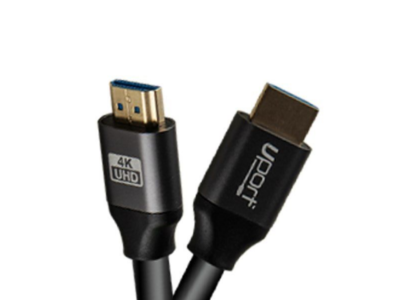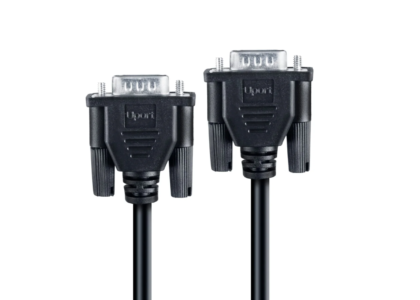To effectively understand how patch cables and network cables differ, it’s essential to delve into their specific characteristics, functionalities, and applications within networking environments. In this comprehensive blog post, we will explore the distinctions between patch cables and network cables, their various types, and their respective roles in establishing and maintaining network connectivity.
Understanding Patch Cables
What Are Patch Cables?
Patch cables, often referred to as patch cords or simply patches, are a specific type of Ethernet cable designed for short-distance connections within a network. These cables typically range from a few inches to a few feet in length and are used to connect devices such as computers, printers, servers, and switches to each other or to a patch panel.
Characteristics of Patch Cables
- Length: Generally shorter than traditional network cables, typically ranging from 6 inches to 25 feet.
- Flexibility: Designed to be flexible and easy to maneuver, facilitating quick and frequent changes in connections.
- Connectors: Typically equipped with RJ45 connectors on both ends, although other connector types such as RJ11 may also be used for specific applications.
- Types: Available in various categories such as Cat5e, Cat6, and Cat6a, offering different levels of performance and speeds up to 10 Gbps for Cat6a.
Applications of Patch Cables
Patch cables are integral to networking setups in several key ways:
- Within Data Centers: Used extensively to connect servers, routers, and switches to patch panels, facilitating efficient cable management and organization.
- Office Environments: Essential for connecting computers, phones, and other devices to network outlets or switches, enabling seamless communication and data transfer.
- Home Networking: Used to connect devices like gaming consoles, smart TVs, and Wi-Fi routers within a home network setup, ensuring reliable connectivity.
Understanding Network Cables
What Are Network Cables?
Network cables, also known as Ethernet cables or LAN cables, encompass a broader category that includes various types of cables used for networking purposes. These cables serve to transmit data between devices within a local area network (LAN) or connect networks over longer distances.
Characteristics of Network Cables
- Length: Available in longer lengths than patch cables, typically ranging from 1 foot to 100 meters or more, depending on the type and application.
- Purpose: Designed for both short-distance connections (patch cables) and long-distance connections between different network devices or segments.
- Types: Includes Ethernet cables such as Cat5e, Cat6, Cat6a, and Cat7, each with specific performance capabilities and applications.
- Connectors: Utilizes RJ45 connectors predominantly, but may also include other connector types such as SC, LC, or ST for fiber optic cables.
Applications of Network Cables
Network cables play a crucial role in establishing and maintaining connectivity across various networking environments:
- Backbone Connectivity: Used to connect switches and routers across different floors or buildings in an office or campus environment, forming the backbone of the network.
- Internet Connectivity: Essential for connecting modems or routers to the internet service provider’s (ISP) network, enabling access to the internet for multiple devices.
- Data Transmission: Facilitates the transmission of large volumes of data, including multimedia content, files, and emails, between devices within a network.
Key Differences Between Patch Cables and Network Cables
1. Length
- Patch Cables: Typically shorter, designed for connections within a confined space or between adjacent devices.
- Network Cables: Longer in length, used for establishing connections over longer distances within a building or between different locations.
2. Flexibility and Maneuverability
- Patch Cables: Highly flexible and easy to manage, ideal for environments requiring frequent changes or adjustments in network configurations.
- Network Cables: Less flexible due to their longer lengths, primarily used for stable, permanent connections between network devices.
3. Use Cases
- Patch Cables: Used for connecting devices to patch panels, switches, or directly to each other within a network cabinet, rack, or work area.
- Network Cables: Used for establishing connections that span greater distances, such as connecting floors in a building or linking different offices within a corporate network.
4. Connector Types
- Patch Cables: Typically equipped with RJ45 connectors on both ends, ensuring compatibility with standard Ethernet ports.
- Network Cables: May use a variety of connector types, including RJ45 for copper Ethernet cables and SC, LC, or ST for fiber optic cables, depending on the specific network architecture and requirements.
Choosing Between Patch Cables and Network Cables
When deciding between patch cables and network cables for your networking needs, consider the following factors:
- Distance: Determine the distance between devices or network segments that need to be connected.
- Flexibility: Assess whether frequent changes or adjustments to connections are anticipated within your networking environment.
- Performance Requirements: Consider the speed and bandwidth requirements of your network applications, as different cable categories offer varying levels of performance.
Conclusion
While both patch cables and network cables serve critical roles in networking environments, they differ significantly in terms of length, flexibility, and intended use cases. Patch cables are ideal for short-distance connections within a localized area, offering flexibility and ease of management. In contrast, network cables are designed for longer distances and provide stable connectivity between devices across larger areas or different locations.
Understanding these differences enables network administrators, IT professionals, and enthusiasts to make informed decisions when selecting cables for their networking setups. By choosing the right type of cable based on specific requirements and applications, you can ensure efficient data transmission, reliable connectivity, and optimal performance within your network infrastructure.
For more information on selecting and using Ethernet cables, including detailed product reviews and industry insights, visit reputable tech blogs and networking equipment suppliers. Stay informed about the latest advancements in networking technology to enhance your network’s capabilities and efficiency.






